This is an octopus resting on a reef.
Click on image for full size
Windows Original, adapted from Corel Photography
Molluscs
Many different animals are under the name molluscs. Scallops and clams are a special kind of mollusc called bivalves. Bivalves have two shells sandwiched together. They eat plankton and algae.
Squid and octopi are also molluscs. They are a lot bigger than bivalves and a lot smarter. They eat fish, crustaceans and other molluscs. The giant squid can grow to be 50 feet long! There are old stories about giant squids attacking ships!
You might also be interested in:
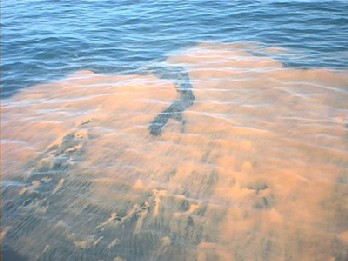
Sometimes things that are very small can be very scary! Plankton that live in the sea are very small but some of them can be dangerous to people, fish and other animals. So, scientists have made robots
...more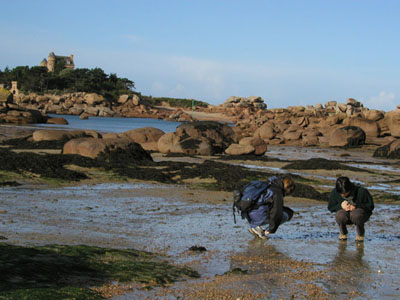
The intertidal zone is the area along a coast that is underwater at high tide and above the water at low tide. Creatures that live in the upper part of the intertidal zone are only covered with water during
...more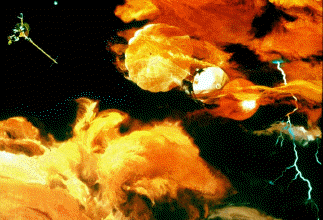
Jupiter's atmospheric environment is one of powerful winds, going 250 miles per hour, and temperatures from -270 degrees to +32 degrees (freezing temperature). These winds make it hard for life forms to
...more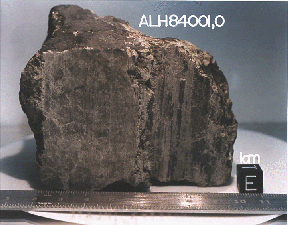
In July, 1996 a team of scientists said that they had discovered possible fossils of bacteria in a meteorite named ALH84001 that came from Mars. It was found in Antarctica in 1984 after having landed there
...more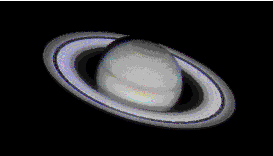
Saturn's atmospheric environment is one of powerful winds, going 250 miles per hour, and temperatures from -270 degrees to +80 degrees. With winds like these, it is hard to have peace and quiet. The region
...more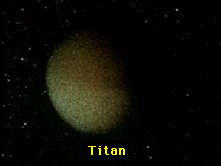
The air of Titan is a lot like the Earth's, except that it is very cold, from -330 degrees to -290 degrees! Like the Earth, there is a lot of Nitrogen and other complex molecules. There also may be an
...more
Organisms that are able to "make their own food" are called autotrophs, meaning "self-feeders". Some examples of autotrophs are plants and algae (shown in the picture). Both plants and algae use photosynthesis
...more















